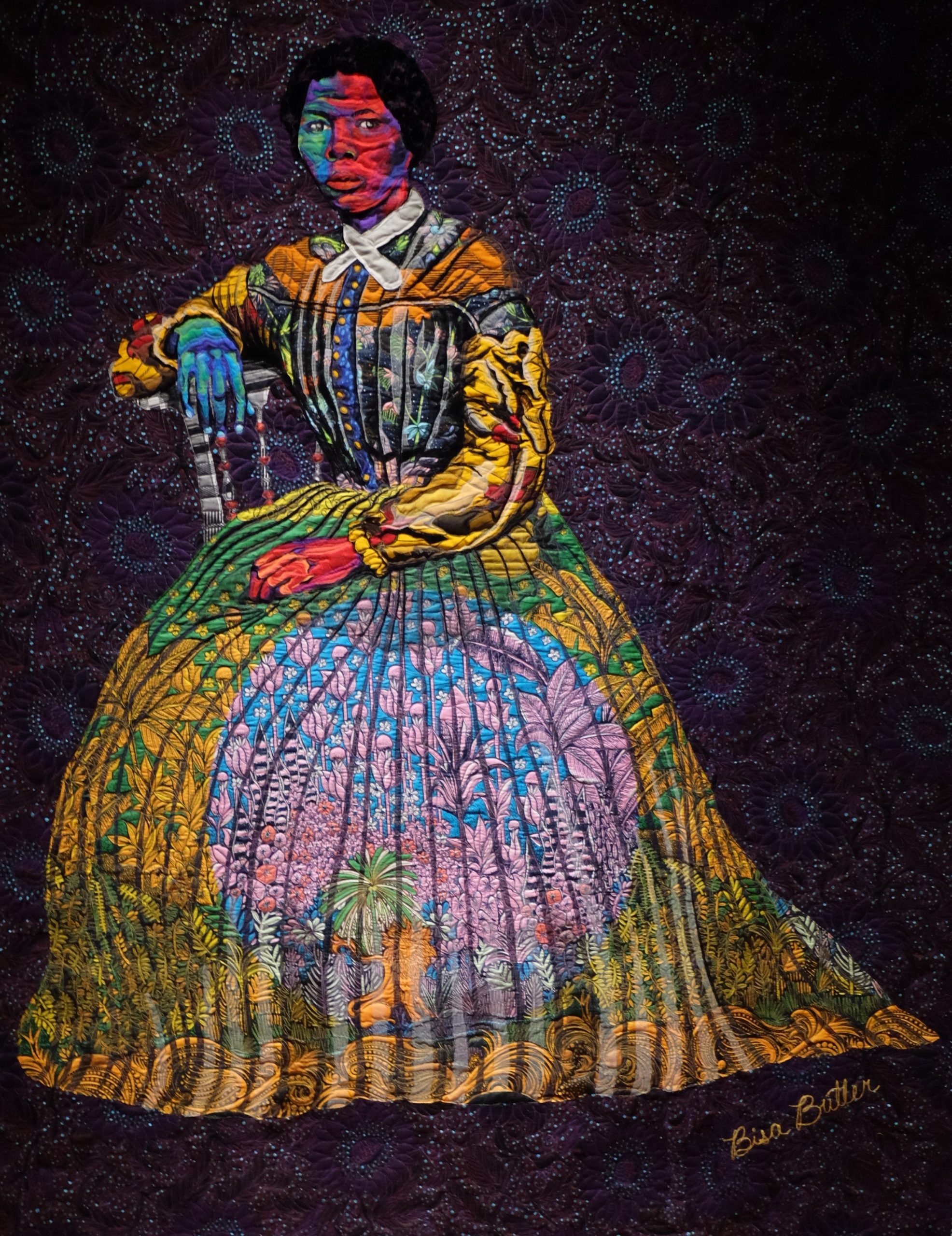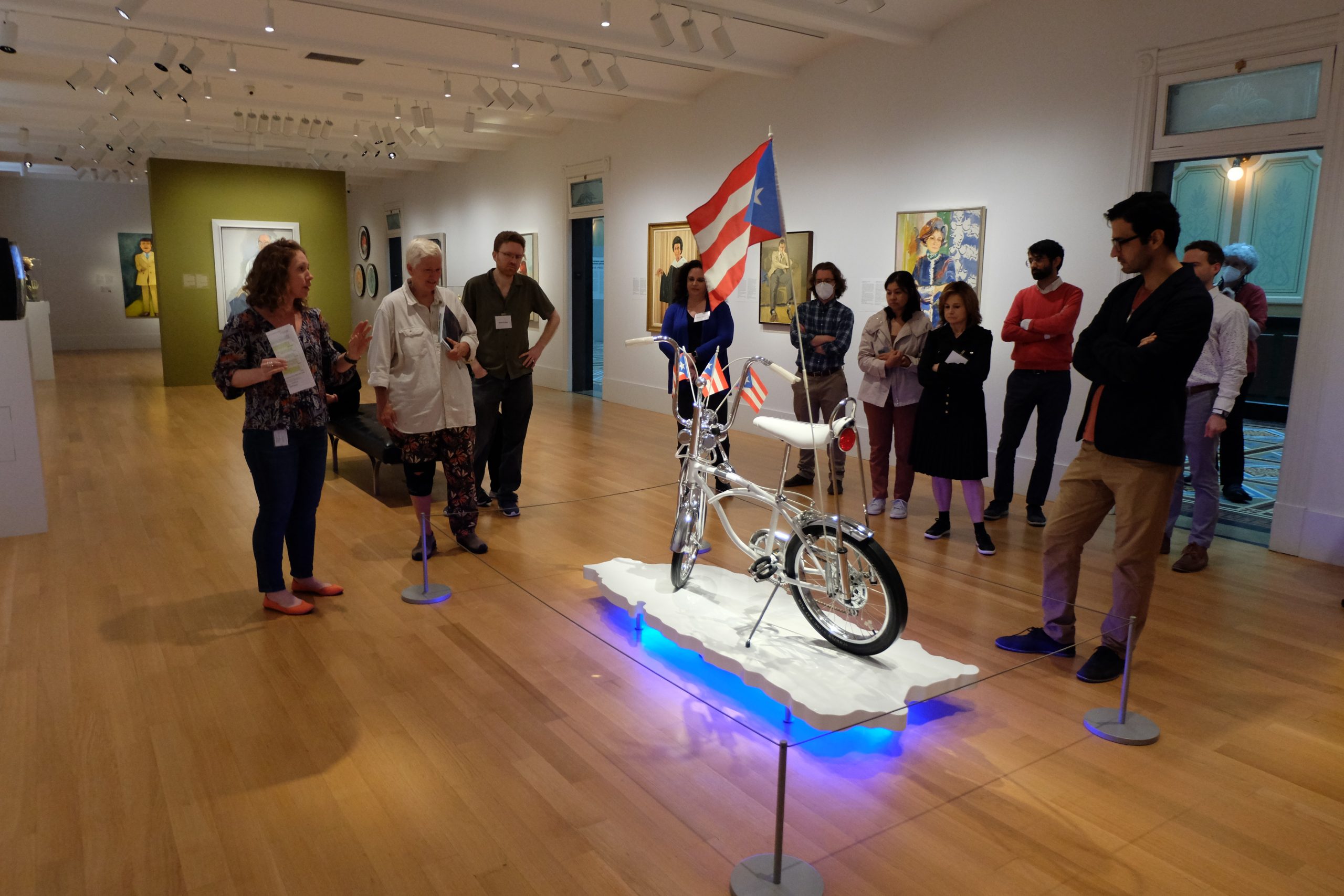When I last visited the National Museum of African American History and Culture, I started…
Dr. Zev Cossin, Lecturer in Anthropology, Montgomery College and American University
(picture at top of post: Student Be’ Len R. discussed the fruits and vegetables that her family grows as a more sustainable option for our food system in their own backyard. Photo by Be’ Len R.).
For the 2021 Smithsonian Faculty Fellowship, I deployed a photo essay “exhibit” project on the Anthropocene as part of the course, Human Evolution and Archaeology (ANTH215) in the department of Anthropology. This course was an asynchronous online common z-course, Human Evolution and Archaeology (ANTH215). Despite the limitations of specific parameters of such courses in general, the use of Smithsonian resources enriched the course materials and student engagement in important ways. While student were not required to visit the museums in person because of both COVID restrictions and the modality of the course, virtual visitation options brought many of the resources to students’ homes.
Students began the project by exploring the concept of the Anthropocene and why we might consider it a fully new geological epoch. Students explored virtual Smithsonian exhibits from the National Museum of Natural History (NMNH), which has permanent exhibitions on Human Origins and Deep Time. Students also read chapters from the Smithsonian edited volume, “Living in the Anthropocene: Earth in the Age of Humans.” In addition to these collections that focus on physical evidence and fossil collections, they explored exhibits and resources from NMAAHC, NMAI, and other Smithsonian museums that showed how various forms of storytelling can convey information to broader audiences. This includes the use of objects, spoken word poetry, dance, music, and food.
The virtual photo essay exhibit from NMAI, called “Developing Stories – Native Photographers in the Field,” inspired the main assignment of the course. In it, students became their own storytellers and producers of knowledge regarding their own experiences and perspectives of life in the Anthropocene through the medium of a photo essay “exhibit.” They used the platform, padlet, to curate these and we will be collecting them all in a single class padlet for a collective exhibit on the topic.
Given additional time, I would have implemented the project earlier on in the course and further re-arranged the order of course material to better integrate the project throughout the course. Discussion forums in which students shared picture updates on how they were approaching their projects were always the most lively forums and I think more of these over a longer time period would have produced really interesting results.

Nevertheless, students demonstrated the wide diversity of experiences and perspectives on this topic by including images related to modern technology, human waste, ocean degradation, cultural practices of sustainable food production, and the importance of historical traditions that congeal in human-made objects. As a result of this project students began to appreciate the deep resources of the Smithsonian Institution as a powerful tool for understanding our contemporary world. They have also gained a deeper appreciation for the historical context of today’s crises and the idea that each of them has the power to produce their own knowledge and story. Each story and perspective is important in working toward equitable solutions for these troubled times!





This Post Has 0 Comments